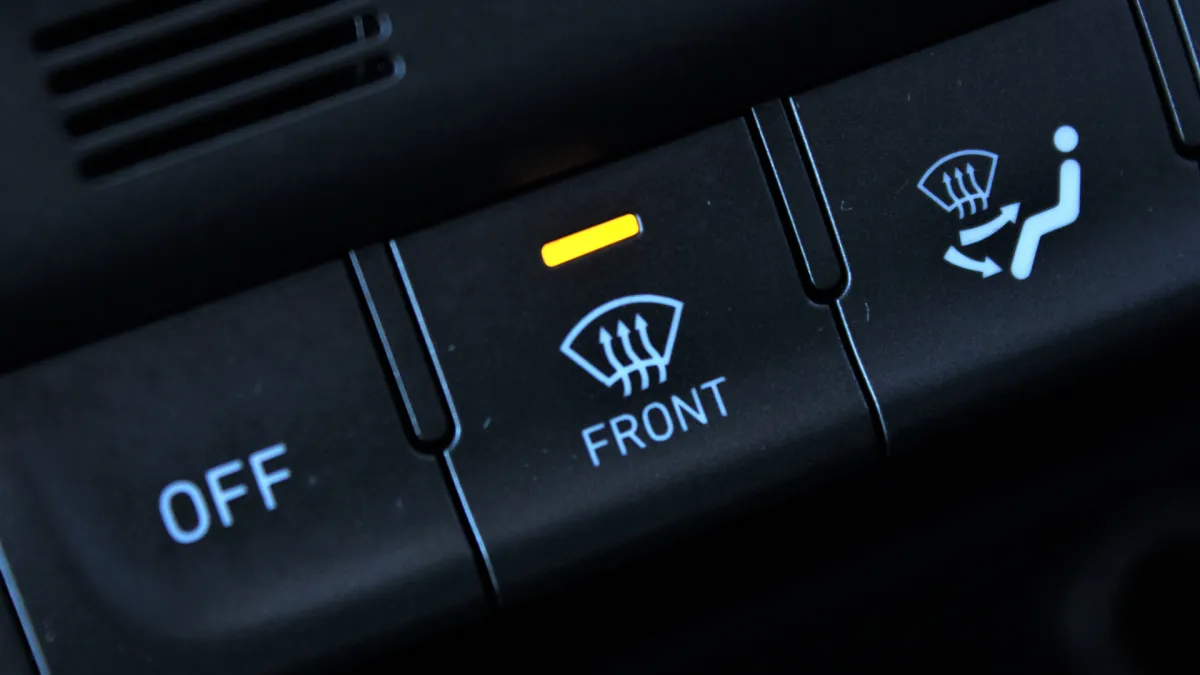Wet Weather Driving
WIPERS: Windscreen wipers should generally be changed every 6 to 12 months. Reduction in visibility is obviously the most noticeable sign that wipers should be changed.
Ensure your vehicle water washer levels are maintained. Rain can happen when we least expect it. If grime, bugs etc have built up on the windscreen, rain may not be heavy enough to provide enough water to wash obstructions from the windscreen.
TYRES: Tread Depth and Pressure are critical to wet weather / winter driving.
Tread Depth: The legal minimum is 1.5mm. Correct tread depth ensures maximum water is expelled from beneath the tyre and reduces the risk of aquaplaning
Tyre Pressures: Tyres on the average sedan size vehicle should be kept at the following recommended pressures:
36 psi for normal suburban speeds including freeways.
40 psi for higher sustained speeds such as regional driving
For larger vehicles such as 4WD’s, manufacturer’s recommendations should be followed.
OTHER TIPS TO CONSIDER:
Braking distance will increase. For example, at 60kph it may add an additional 3 - 5 metres for ABS equipped vehicle and up to 10 metres for a non-ABS vehicle if wheels remain locked (these estimations will vary based on vehicle size, weight etc.)
Where possible, stay clear of vehicles such as trucks that generate additional water spray.
If visibility is reduced, reduce your speed also.
Consider extending your 2 second gap to a 3 to 4 second gap in wet weather.
Headlights ON.
Keep vehicle windows demisted. Use your air-conditioning to assist.
Where possible, follow in the wheel tracks of the vehicle ahead.
In cold weather, be aware that heating in the vehicle can potentially contribute to drowsiness. Under normal conditions medical experts recommend a break every 2 hours. Consider more breaks on longer trips under these conditions.
Be scanning for potential deep pools of water and adjust speed accordingly. Consider potential “flying” branches in treed areas.
Soften pedal application. Apply smooth progressive acceleration and braking.
Look Up and Stay Back.
If conditions are becoming extreme, pull over in a safe area (not emergency lanes) and “wait it out”.

Follow Us
1300 555 576
Sandown International Motor Raceway
Training Room 2
591–659 Princes Highway
Springvale VIC 3171
Office Hours
Monday-Friday: 9 am – 5 pm
Registered Training Organisation: RTO # 45521 | training.gov.au
© Copyright 2025. Murcotts Driving Excellence. All rights reserved.










